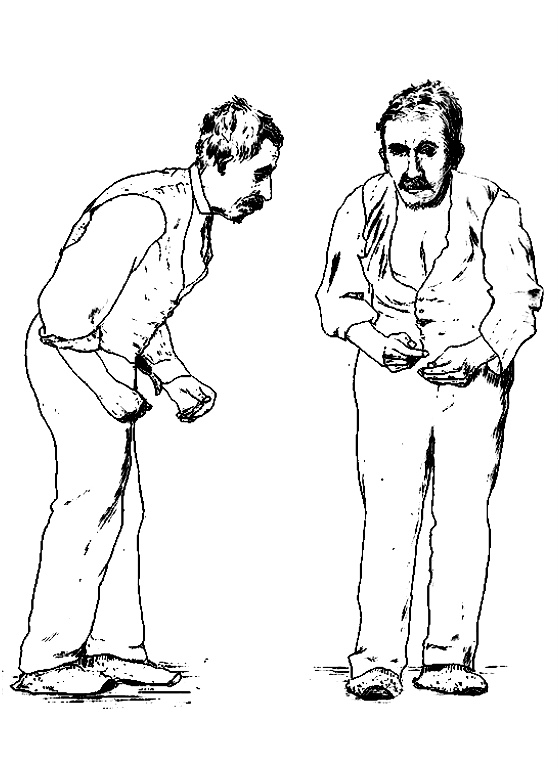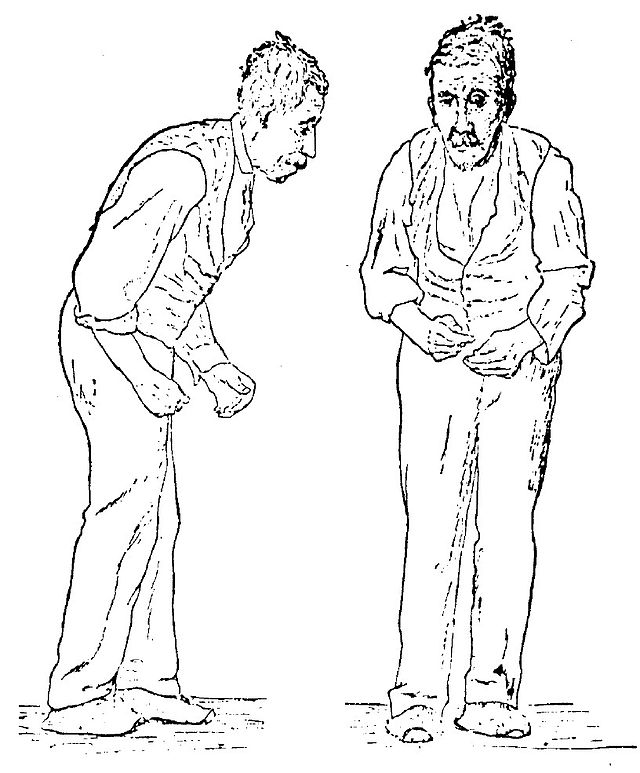









Parkinson's disease is a progressive neurodegenerative disorder that affects movement and daily functioning, impacting millions globally. This article delves into the latest research, patient experiences, and socioeconomic factors surrounding this complex condition.
Understanding Parkinson's Disease
Parkinson's disease (PD) is a chronic and progressive movement disorder that affects the nervous system. The disease primarily results from the degeneration of dopamine-producing neurons in the brain, particularly in a region called the substantia nigra. The loss of dopamine leads to various motor and non-motor symptoms, which can severely impact the quality of life for those affected.
Symptoms and Stages
Parkinson's disease is characterized by a variety of symptoms that can be grouped into motor and non-motor categories:
- Motor Symptoms:
- Tremors: Often the first noticeable symptom, typically starting in the hands or fingers.
- Bradykinesia: Slowed movement, making everyday tasks more challenging.
- Rigidity: Muscle stiffness that can cause discomfort and limit range of motion.
-
Postural Instability: Difficulty maintaining balance, increasing the risk of falls.
-
Non-Motor Symptoms:
- Cognitive Changes: Including memory problems and difficulty concentrating.
- Mood Disorders: Such as depression and anxiety, which are prevalent among patients.
- Sleep Disturbances: Insomnia or excessive daytime sleepiness.
PD is often classified into five stages, ranging from mild symptoms to severe disability. Early diagnosis and management can significantly alter the disease progression and improve patient outcomes.
The Burden of Parkinson's Disease
Prevalence and Demographics
According to the World Health Organization, approximately 7 to 10 million people worldwide are living with Parkinson's disease. The prevalence increases with age, making it a significant concern for the aging population. Notably, men are statistically more likely to develop PD than women, although the reasons for this disparity remain unclear.
Economic Impact
The economic burden of Parkinson's disease is substantial. Individuals diagnosed with PD often face high medical costs due to ongoing treatment, therapy, and potential long-term care needs.
- Direct Costs: Include medication, healthcare provider visits, and hospitalization.
- Indirect Costs: Encompass lost income due to the inability to work and care costs from family members who may need to reduce their working hours or assume caregiving roles.
A study estimates that the total economic impact of Parkinson's disease in the U.S. alone could exceed $14.4 billion annually, which highlights the urgent need for funding and research.
Current Research and Innovations
Advances in Treatment
Recent years have brought significant advancements in the treatment of Parkinson's disease. While there is currently no cure, various treatment options can help manage symptoms:
- Medications: Levodopa remains the most effective treatment for managing motor symptoms. Other medications include dopamine agonists and MAO-B inhibitors.
- Surgical Interventions: Deep brain stimulation (DBS) has become a common procedure for patients with advanced PD, allowing for better control of symptoms.
Emerging Therapies
Exciting research is underway in the realm of gene therapy, neuroprotective agents, and stem cell therapy. These potential treatments aim to slow disease progression or regenerate damaged neurons, offering hope to patients and families.
- Gene Therapy: Techniques to deliver genes that can produce therapeutic proteins directly to the affected areas of the brain.
- Stem Cell Therapy: Research focuses on replacing damaged neurons with healthy ones derived from stem cells.
Role of Technology
The integration of technology in managing Parkinson's disease is also gaining traction. Wearable devices and mobile applications can monitor symptoms and track medication adherence, allowing for more personalized care.
Living with Parkinson's Disease
Patient Experiences
Living with Parkinson's disease brings unique challenges. Many patients report feelings of isolation and frustration due to their physical limitations and cognitive changes. Support groups and community resources play a vital role in providing emotional support and education.
Caregiver Support
Caregivers often experience high levels of stress and burnout while supporting their loved ones. It is crucial for caregivers to seek support, whether through local resources, online communities, or counseling services.
Lifestyle Adjustments
Patients are encouraged to adopt healthy lifestyle choices to manage symptoms better. Regular exercise, a balanced diet, and mental health care can significantly enhance well-being. Occupational therapy can also assist with modifications to daily activities that make tasks easier and more manageable.
Conclusion: The Path Forward
The journey with Parkinson's disease is complex and multifaceted, affecting not just the individual diagnosed but also their families and communities. As research progresses, there is hope for more effective treatments and a greater understanding of the underlying mechanisms of the disease. Raising awareness, advocating for funding, and fostering supportive environments are essential steps toward improving the lives of those impacted by Parkinson's disease.
In my ongoing investigation into Parkinson's disease, I will continue to explore the evolving landscape of treatment options, patient narratives, and the socio-economic implications, ensuring that the voices of those affected are heard and valued.
